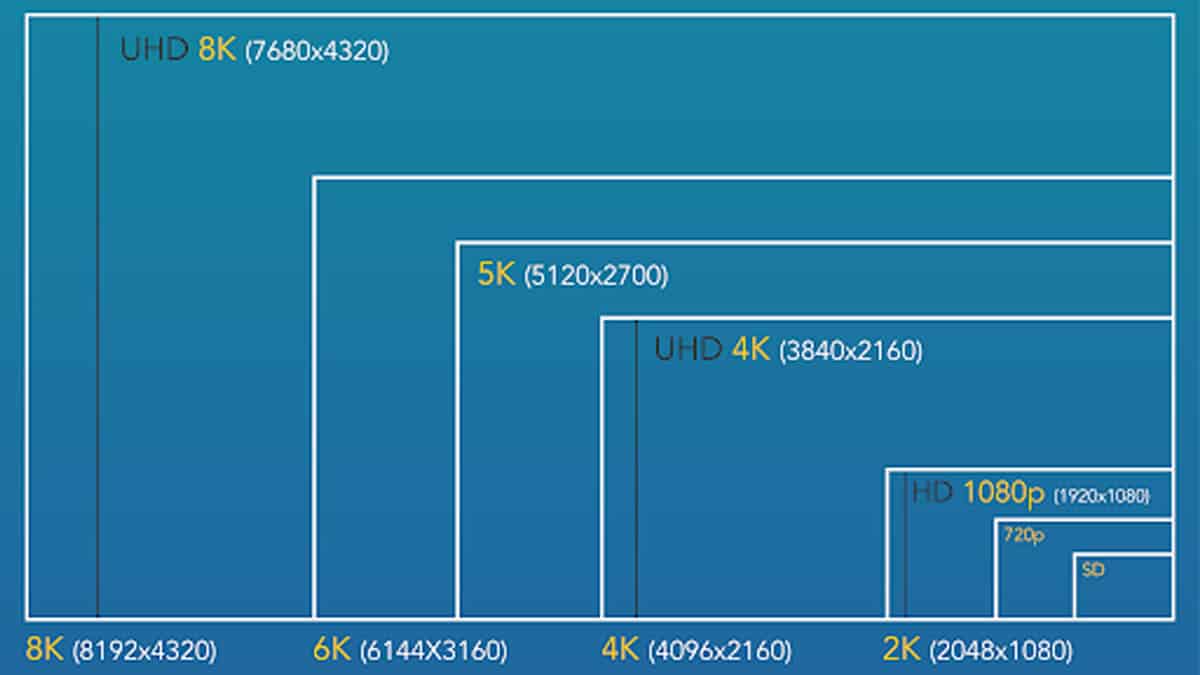
UPSCALE VIDEO TO 1440P USE 1080P OR 720P 720P
What Does “+” Stand For in 720p HD+, 1080p FHD+ or 4K UHD+?Įver since the 16:9 display standard was adopted in TVs and computer monitors almost two decades back, pixel resolutions have always been written assuming that aspect ratio. However, given the costs associated with creating and transmitting 8K content, it is unlikely to become mainstream anytime soon. All major consumer electronics manufacturers have been launching 8K TVs for the past few years. It is the highest resolution defined in the Rec.2020 UHDTV standard. 8K UHD refers to a resolution of 7680 × 4320 and offers four times the number of pixels as 4K and 16 times that of 1080p. It refers to an image or display resolution with a length of approximately 8,000 pixels. This is the latest high-resolution standard that is only available in a handful of premium TVs. However, it is yet to replace 1080p as the standard display resolution for most television programs and sports broadcasts. The standard is becoming more common on streaming platforms, games, display panels, and movies with every passing year. It refers to a resolution of 3840 x 2160 pixels in 16:9 display panels or videos and we often refer to it as 2160p. The most common ‘mainstream’ resolution for display panels and streaming videos, 4K is also known as UHD or Ultra HD. It used to be relatively common in high-end gaming monitors a few years ago but has now given way to 4K UHD resolution in high-end systems.ĤK (UHD or Ultra HD): Is 4K Better than 1080p? In a typical 16:9 panel, the Quad HD resolution (also referred to as 1440p) would translate to 2560 x 1440 pixels, which means it is significantly sharper than the 1080p standard. Not to be confused with qHD or quarter HD (960 x 540), the all-caps ‘QHD’ standard refers to ‘Quad HD,’ which is exactly four times the pixel density of 720p HD.
UPSCALE VIDEO TO 1440P USE 1080P OR 720P FULL
Full HD 1080p remains the mainstream standard for high-resolution, especially for gaming and broadcast television.

It is written as 1920 x 1080, assuming a universal 16:9 standard. Like 720p, 1080p also refers to 1080 pixels along the horizontal axis in landscape mode, with typically 1920 pixels vertically in a 16:9 panel. It was also the standard in the HDTV market for the better part of the last decade. Otherwise referred to as Full HD or FHD, 1080p offers almost twice the resolution of 720p HD. It also remains a common standard for broadcast HDTV in many countries around the world. While it is only considered ‘basic’ HD today, 720p is still the primary display resolution standard in entry-level TVs and smartphones.

Hence, the standard is also often written as 1280 x 720. It typically refers to a 16:9 panel with 720 pixels along its width and 1280 pixels along its length. So a display panel marked as 4K has nearly 4,000 pixels along the horizontal (x) axis while an 8K panel has almost 8,000 pixels.ħ20p HD is the ‘original’ HD standard and has since been superseded by much higher resolutions. They refer to (roughly) 4,000 or 8,000 pixels, respectively, but horizontally rather than vertically. 4K and 8K are marketing terms typically used by electronics manufacturers to advertise their high-resolution products. Resolutions marked with a “K” are slightly different because of how they are measured. Similarly, a panel with a 20:9 aspect ratio in a smartphone, for example, will have 20 pixels along its length for every 9 pixels along its width. That means displays, images, or videos have 16 pixels along the horizontal axis for every 9 pixels along the vertical axis (or its multiples). So 720p, 1080p, 4K, etc., refer to the number of pixels along the y-axis (vertical axis), typically in a 16:9 aspect ratio, unless otherwise stated. Resolution measures the number of pixels in an image, video, or display panel. As you reduce that number, the picture gets blurry or “pixelated.” That is why high-resolution cameras can take super-sharp photographs, while old black-and-white photos look somewhat blurry because of the lower pixel count. Generally speaking, the more the number of pixels, the sharper the image. Each pixel represents a part of the original image, which typically consists of anywhere between a few thousand to several billion pixels. It is the smallest addressable element in a picture represented on a screen or paper. It refers to “pixels,” which are the building blocks of electronic displays. To understand display resolutions, the first thing you need to know is what “p” stands for in 720p or 1080p. What Does "+" Stand For in 720p HD+, 1080p FHD+ or 4K UHD+?ġ080p vs 4K vs 8K: Availability and Content


 0 kommentar(er)
0 kommentar(er)
